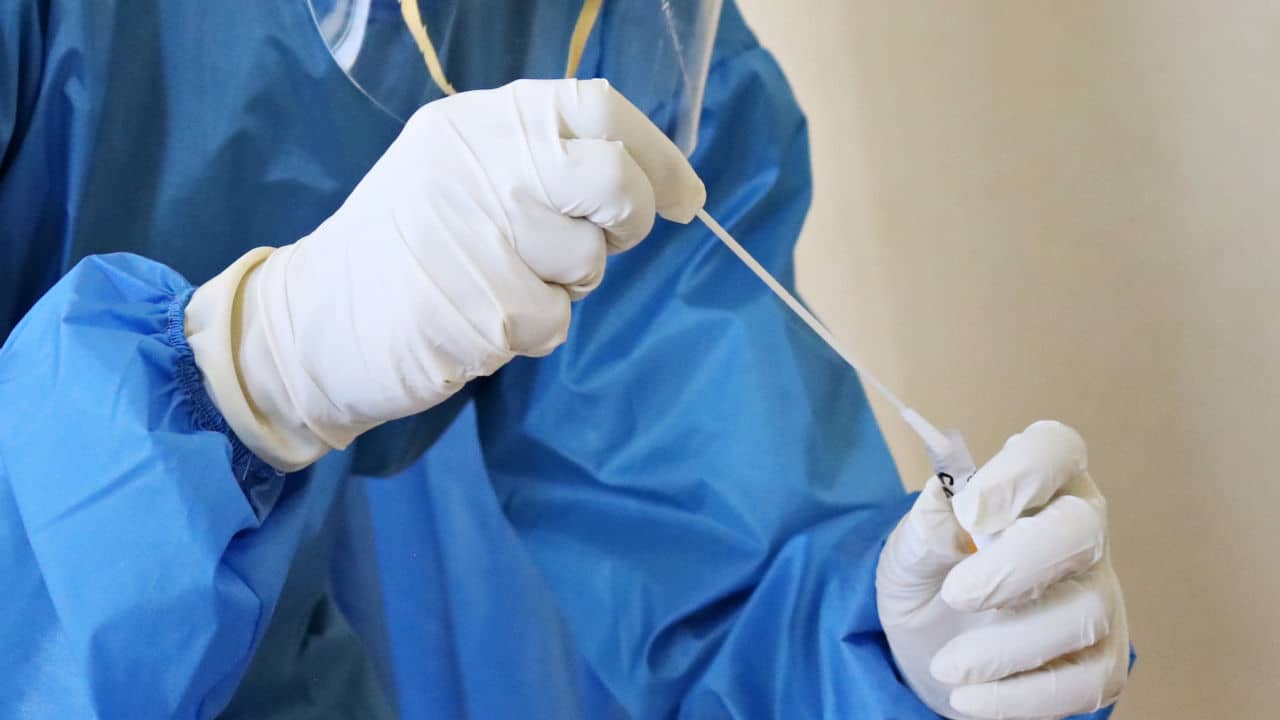Misdiagnosis or failure to diagnose an illness that can cause substantial injury is one of the most common types of malpractice. Suppose a doctor or technician fails to diagnose a fractured knee or ankle during an emergency room visit. A direct consequence of the lack of diagnosis can affect the patient’s movement and cause them to suffer from chronic pain for the rest of their life.
In addition, failing to diagnose a dangerous condition might result in significant sickness or death.
What Is Misdiagnosis Error?
Misdiagnosis happens when a clinician erroneously diagnoses a patient’s condition, resulting in the patient receiving medical treatment and care for an illness they do not have. If the patient is not treated for their ailment, misdiagnosis can lead to significant health complications or even death. Patients are typically subjected to unwarranted and costly therapies that inflict pain and suffering while their overall health deteriorates.
In these circumstances, the patient can typically seek compensation for any extra harm they may have incurred, the medical expenditures associated with poor treatment and the agony and suffering they endured before receiving the proper treatment.
What Is Delayed Diagnosis Error?
Delayed diagnosis happens when a physician discovers the correct diagnosis later, but the patient is subjected to needless or incorrect therapy, pain, suffering, and medical costs. When their doctor eventually obtains the right diagnosis, most patients are unaware they may have grounds for a lawsuit in these circumstances.
Any delay in diagnosis can harm a patient’s general wellbeing and possibly result in death.
Common Misdiagnosis and Undiagnosed Conditions
The grounds for misdiagnosis or delayed diagnosis of an illness vary. A person can utilize medical animation in court to depict a diagnosis error if they’ve been injured due to a delayed, missed, or inaccurate diagnosis.
Here are some of the most common ailments that are misdiagnosed:
- Cancer
Missing cancer’s signs and symptoms can have disastrous and potentially fatal consequences. If cancer is not correctly diagnosed or diagnosed at an early stage, it will be challenging to assist the patient.
Medical animation can help families whose loved ones have been badly damaged due to a delayed or incorrect cancer diagnosis.
- Heart conditions
Heart disease is one of the top causes of death in the United States. Failure to diagnose a heart-related issue can increase the number of unnecessary deaths each year and prevent a patient from receiving the care they need.
- Stroke
Numbness on the left side of the body, the most typical “sign” of a stroke, does not always occur. Indeed, many people have misdiagnosed a stroke as dyspepsia. A doctor, on the other hand, should be aware of the distinction. A stroke that is misdiagnosed or goes undiagnosed might have long-term consequences.
- Infections
Hospital-acquired infections are prevalent, especially in individuals who have had surgery or whose immune systems have been damaged. Healthcare providers that do not adequately and efficiently monitor their patients’ risks may miss or delay the identification of an infection, which could be fatal. This negligence is especially true when doctors fail to recognize sepsis, a life-threatening blood infection.
In A Medical Malpractice Claim, How Do I Prove Failure To Diagnose?
The standard for demonstrating liability remains virtually the same in any form of medical malpractice action. For a claim to prevail, you must be able to prove the four elements of negligence: duty, breach, causation, and damage.
Since it is a medical case, it would be easier to furnish your evidence in a straightforward manner. One of the ways to do that is through the use of medical animation.
You must show the following in a medical malpractice case involving failure to diagnose:
- During the time you were receiving care, you had a doctor-patient relationship.
- When diagnosing your disease, the doctor failed to follow the standard of care.
- The failure to correctly diagnose you was the direct and proximate cause of your damage.
- As a result of the diagnosis, you have sustained injury.
To prove all these, you would need the assistance of a qualified and experienced attorney who can help you through every stage of the action. You also need to consult with an excellent medical animation company if you are considering using medical animation as evidence.





